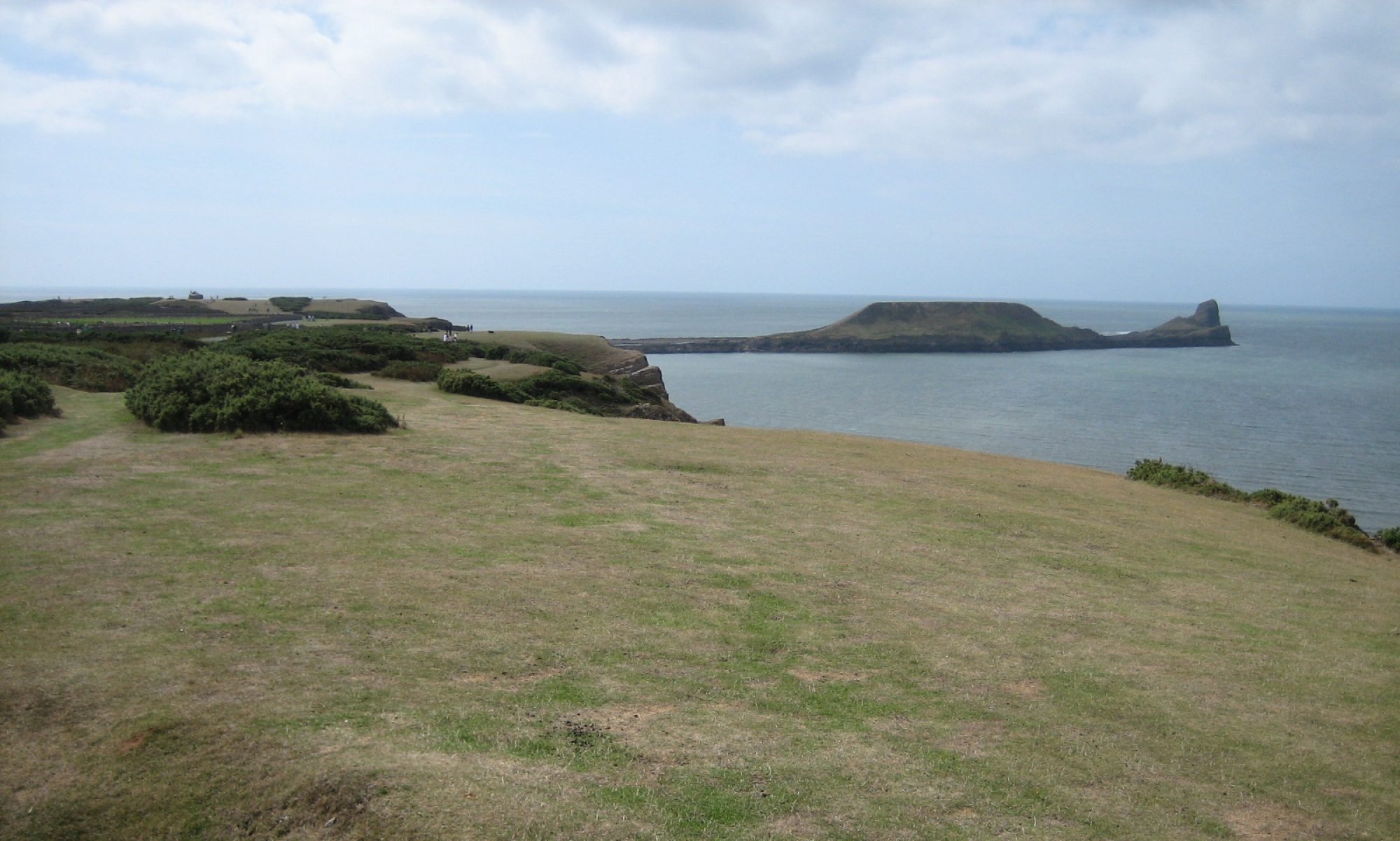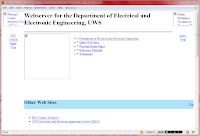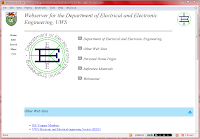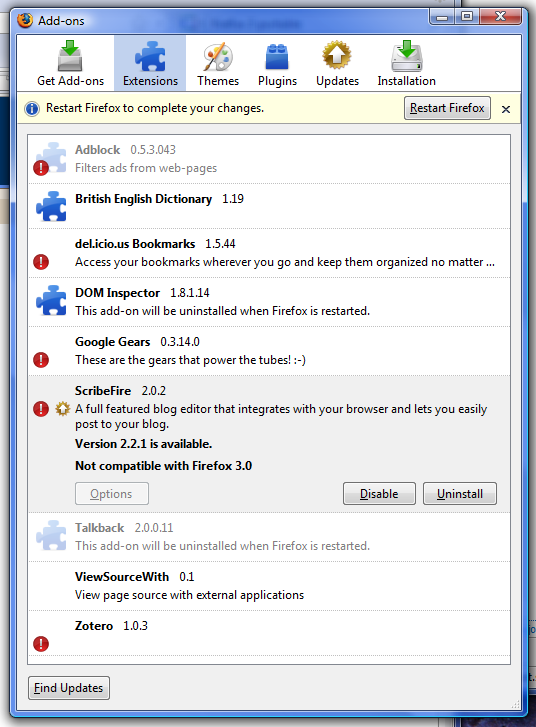The British Computer Society (BCS) was founded in 1957 so this is the tail end of its half century celebration year. As part of its local contribution to celebrations, Professor John Tucker took the opportunity of using the Annual General Meeting of the South Wales branch of the BCS to launch his History of Computing Collection (HOCC), which is being developed in conjunction with Library and Information Services (LIS) here at Swansea University. John hopes that this web site (implemented in Open Source CMS Drupal) will develop into a rich archive of the history of computing in, and its impact on, South Wales.
The evening started with an introduction to the HOCC project from Professor Tucker, and was followed by two entertaining talks by welsh IT pioneers Noel Cox and Rod Delamere. The first on the hardware changes seen in large company accountancy since the 1950s, and the second on a programmer’s apprenticeship at Glamorgan College of Technology (now the University of Glamorgan) in the early 1960s. The meeting concluded with an introduction to the HOCC Website itself by its principle developer Steve Williams from LIS.
When the HOCC website launches properly, it is hoped that it will be open for people to record their own recollections of computing. There are certainly plenty of stories to tell: I know a few myself and I’ve been in IT only 29 years! John and colleagues are busy gathering audio testimony from pioneers from the early days, examples of equipment and programs, and other artefacts of computing in Wales which presumably will eventually find their way onto the HOCC site.
On a personal note, the meeting was especially nice in that several retired colleagues from my early days in Electrical Engineering at Swansea turned up and it was great to see them again.
I wish John well on his project and will watch it with interest. Oh, and happy birthday BCS: only two years older than me!









